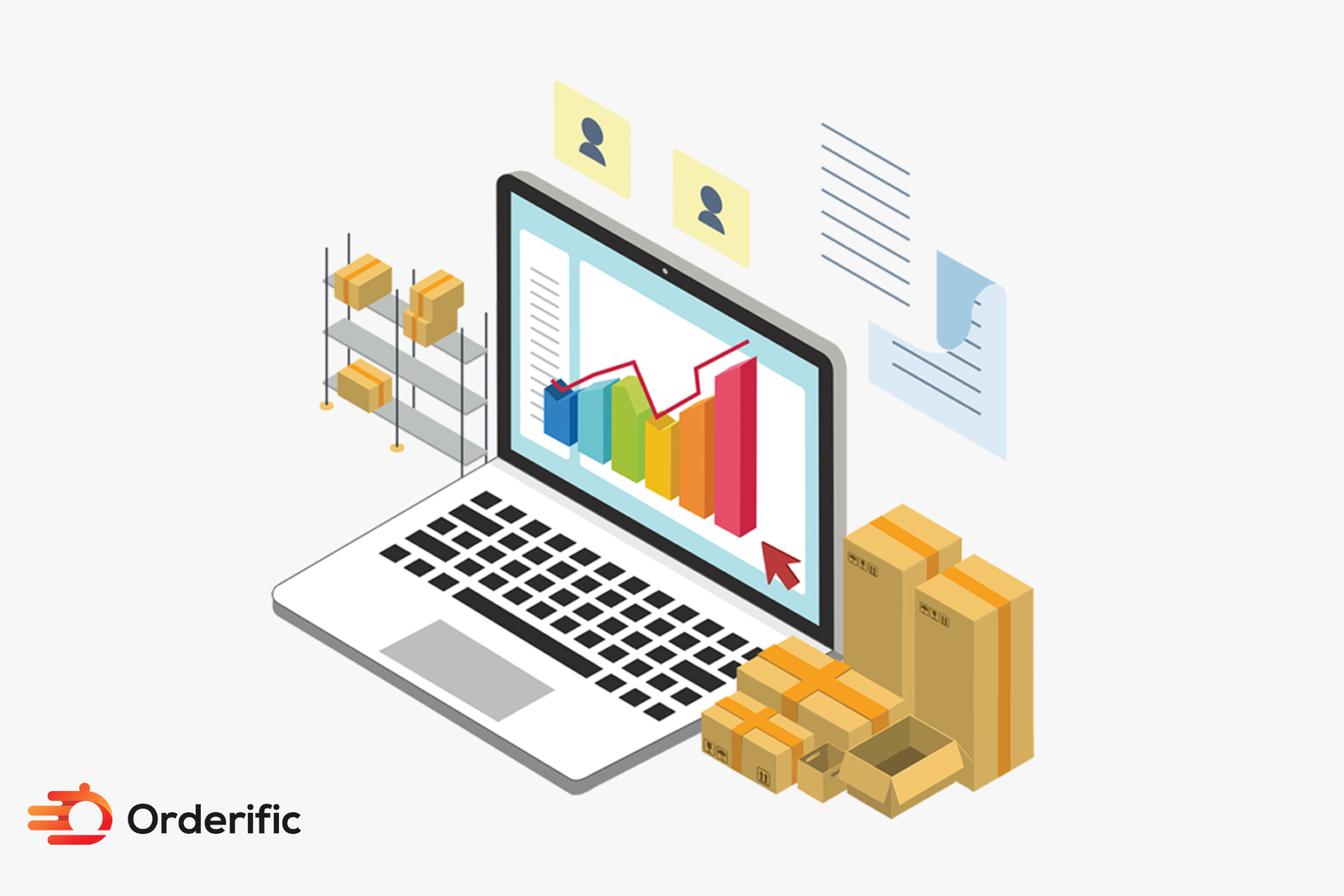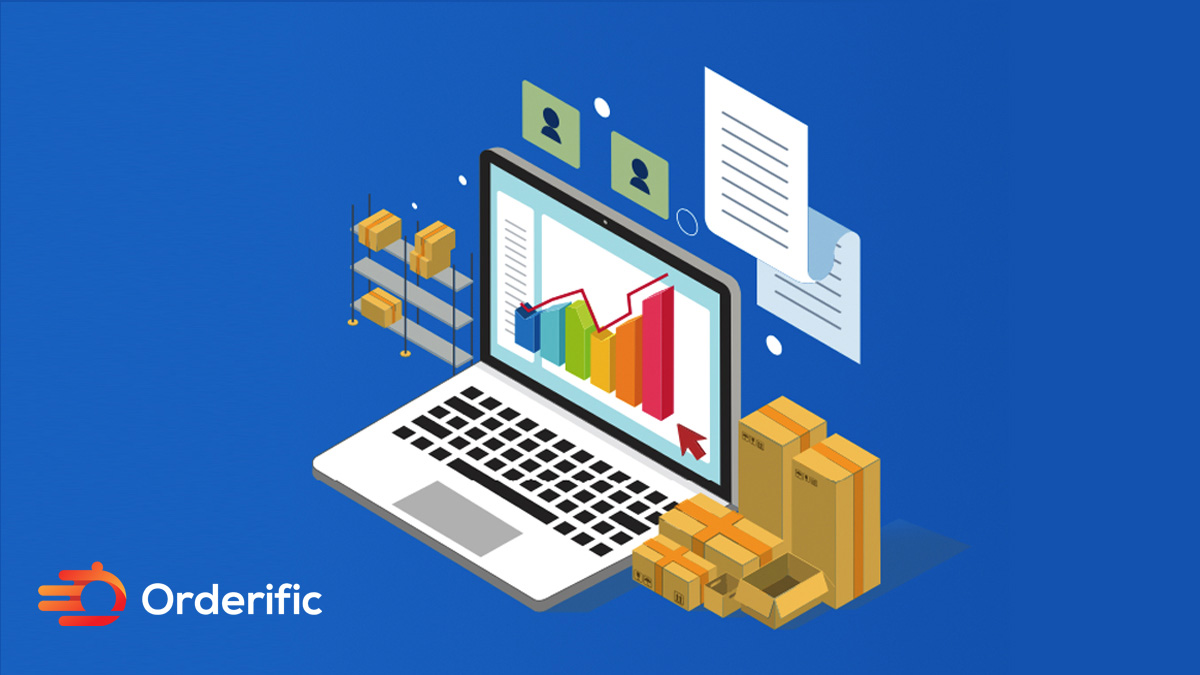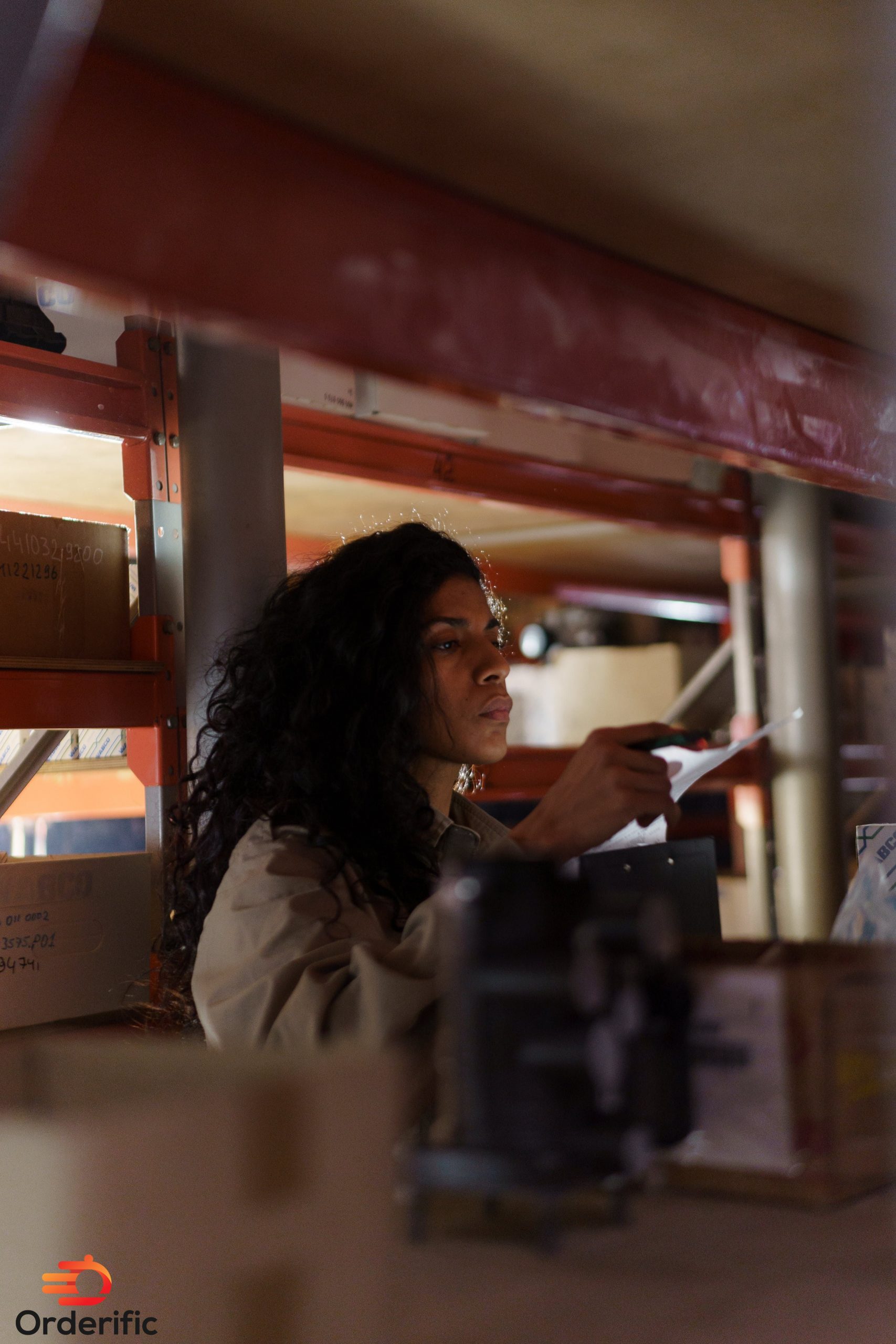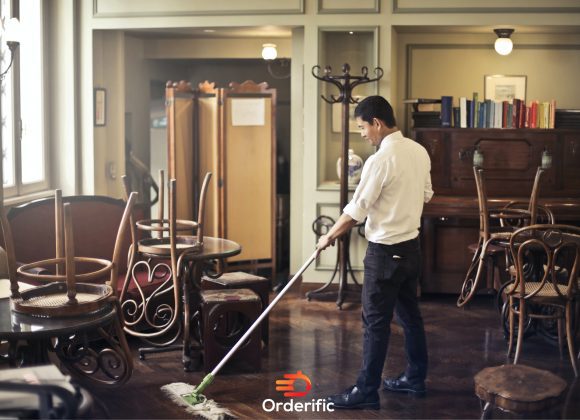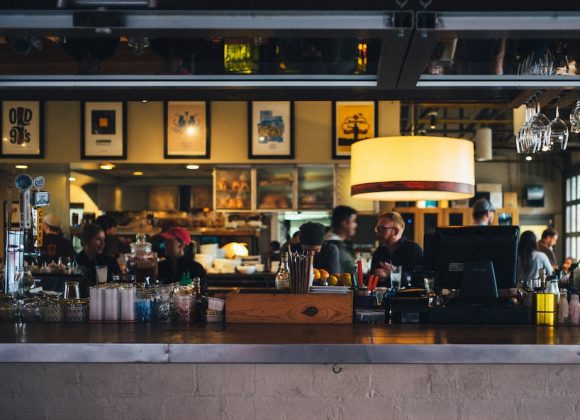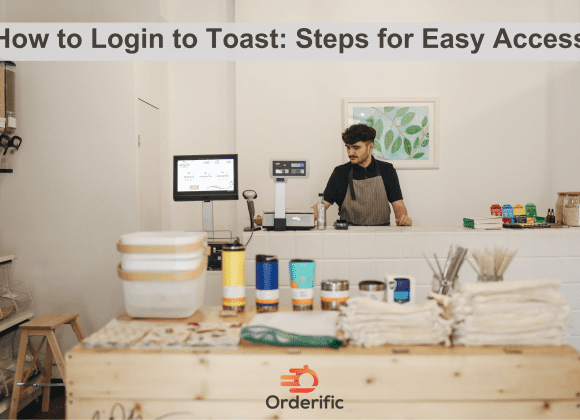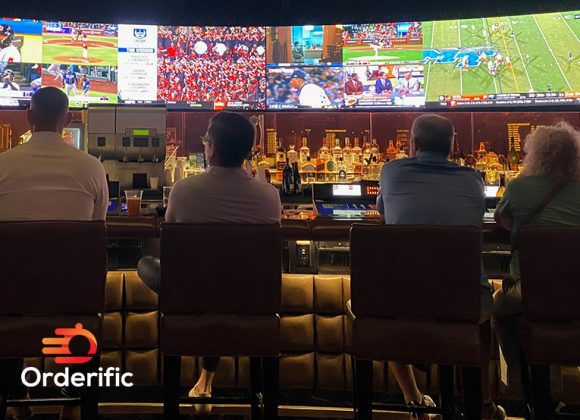Opening a bar can be exciting and lucrative for those passionate about the hospitality industry. With the right planning and execution, a well-managed bar can provide a local community with a lively spot for socializing and entertainment. However, to set a strong foundation for success, aspiring bar owners must take into consideration several factors, including solid business planning, regulatory requirements, and effective marketing techniques.
An ambitious entrepreneur must begin by crafting a detailed business plan that outlines the bar’s concept, target audience, and expected income streams. This blueprint will serve as a roadmap for decision-making, guiding the business structure, obtaining the necessary licenses, and ultimately securing a prime location.
A well-designed bar space should also match the intended ambiance and improve the overall customer experience. Investing in proper inventory management and a point of sale system is crucial to maintain efficient business operations. Let’s look at some basics of how to open a bar.
Key Takeaways
- A detailed business plan is crucial for guiding decision-making and setting up a bar for success
- Navigating regulatory requirements and choosing the ideal location are important steps in starting a bar business
- Investing in efficient inventory management and a reliable bar staff can significantly improve customer experience and profitability.
Create Your Open Bar’s Business Plan
A solid business plan is essential for starting a successful bar. It provides a roadmap for your bar’s growth, helps attract potential investors, and sets the foundation for success. Here’s a brief guide to creating an engaging business plan for your bar.
Start with a thorough market analysis. Research the local area, identify your target market, and gather information about your potential customers. Utilize recent statistics and data to ensure accurate insights into your target audience’s behaviors and preferences.
Next, develop a unique bar concept that sets your establishment apart from the competition. Consider factors such as the atmosphere, the type of drinks served, and any entertainment offerings. Tailor your concept to cater to your target market’s specific preferences and needs.
Analyze your competition by identifying bars in the surrounding area and evaluating their strengths and weaknesses. Determine what sets your bar apart from competitors and how it can fill a gap in the market. Outline any competitive advantages, such as a prime location or exclusive drink offerings, to strengthen your business plan.
Estimate Your Initial Costs for Opening a Bar
Startup costs are a crucial part of any business plan. Calculate the initial expenses associated with opening your bar, including acquiring a space, securing licenses and permits, purchasing equipment, and hiring staff. Be transparent about the expected costs and potential funding sources. This information will help potential investors gauge the feasibility of your project.
Lastly, estimate potential revenue for your bar. Market analysis and customer data are used to forecast sales and determine the necessary profit margins and pricing structures. Projecting revenue will help you assess the bar’s long-term viability and determine appropriate growth strategies.
A well-crafted business plan sets the foundation for your bar’s success. Conduct thorough market research, develop a unique concept, analyze competition, calculate startup costs, and project revenue to create a confident and knowledgeable plan that attracts investors and lays the groundwork for a thriving establishment.
Establish Your Open Bar Business Structure
Before we get into the thrilling world of owning a bar, it’s imperative to lay out a strong business structure that suits your requirements and objectives best. There are different things to browse, each with its own benefits and problems.
Licenses and Permits Needed to Open a Bar
Regardless of your chosen business entity, obtaining the necessary licenses and permits to operate legally is crucial. Here are some common ones needed for a new bar:
- Liquor license
- Food service license
- Health department permit
- Building permit
- Business license
- Sales tax permit
- Sign permit
- Fire certificate
- Music license
Researching and applying for these licenses and permits well in advance is important, as they may take considerable time and effort to secure.
How to Balance a Restaurant Budget When Open a Bar
Operating a successful bar requires balancing your budget effectively. Consider the following key expenses in a bar’s budget:
- Rent – the location of your bar will significantly impact this cost
- Utilities – electricity, water, sewage, and gas bills
- Employee wages – be sure to account for minimum wage laws and potential overtime
- Inventory – alcoholic beverages, mixers, and ingredients for signature cocktail
- Marketing – promotions, ads, social media, and events to attract customers
Check these expenditures regularly and adjust your budget to maintain profitability while delivering excellent service to your patrons.
How Much Does It Cost to Open a Restaurant? [Restaurant Startup Costs]
Bar startup costs vary widely based on factors such as location, size, and concept. Here’s a rough estimate of the costs involved in opening a bar:
- Leasehold improvements – $50,000 to $150,000
- Furnishings and equipment – $30,000 to $100,000
- Opening inventory – $5,000 to $10,000
- Licenses and permits – $2,000 to $20,000
- Initial marketing – $2,000 to $5,000
With these figures in mind, budget between $100,000 and $300,000 to start your bar, although this may vary depending on your specific circumstances.
Trademark Your Name and Logo
Choosing your bar’s unique and catchy name is crucial to its success. However, protecting that name and your bar’s logo is equally important through trademark registration. A trademark establishes your bar’s identity, prevents other businesses from using a similar name, and adds a sense of professionalism.
To enlist a brand name in the US, the initial step is to search on the US Patent and Brand name Office (USPTO) site to guarantee your ideal bar name and logo are not currently enrolled brand names of another business. This helps with avoiding conflict and expected claims. As of 2023, the USPTO filing fees range from $250 to $350 per class of goods/services, so it’s essential to budget accordingly.
Obtain the Proper Licenses
Opening a bar requires obtaining several licenses and permits to ensure compliance with local laws and regulations. One of the essential permits for operating a bar is a liquor license.
A liquor permit allows the lawful sale of cocktails. The necessities for getting a liquor permit differ by area, as each state and city has its own rules and guidelines. It is vital to explore and know the particular rules for the region where the bar will be set up. The expense of a liquor licence likewise differs by area.
In addition to the liquor license, other permits and licenses are needed for operating a bar. Some of these include:
- Business License: This license allows the operation of a commercial establishment within a specific jurisdiction. The local city or county office usually issues it.
- Sales Tax Permit: Required for selling products and services, this permit is obtained through the state’s Department of Revenue or Taxation.
- Food Service License: If the bar serves food, a food service license will be required, issued by the local health department. Regular inspections will ensure that the establishment follows safety and sanitation guidelines.
- Entertainment License: Depending on local regulations, if the bar plans to offer live entertainment, an entertainment license may be required.
Choose a Location
Choosing the ideal location for your bar is vital for its success. A great location can attract customers, while a poor location can struggle to bring in business.
When searching for the perfect spot, consider the following factors:
Restaurant Floor Plan Templates
A good floor plan can have a significant effect with regards to boosting your bar’s true capacity. Before choosing an area, talking with an architect is wise. They can give you plan formats that can help in picturing the space and deciding the best design for your bar. These templates can also be helpful in determining the necessary zoning restrictions and requirements for your desired location.
- Neighborhood: Targeting a specific clientele is crucial for your bar’s success. A neighborhood bar, for example, attracts locals, providing a comfortable and familiar atmosphere. Consider the demographics and nearby amenities when choosing a location, as they will influence the type of customers you attract.
- Zoning Restrictions: Familiarize yourself with the zoning restrictions of your potential location to ensure your proposed bar aligns with the area’s requirements. Consult the local authorities or a knowledgeable real estate agent for guidance. Obtaining the necessary permits can help avoid potential legal issues down the road.
- Realtor: Working together with a nearby realtor is fundamental in tracking down the ideal place for your bar. Realtors have industry-inside information, assets, and modern measurements that can assist you with coming to an educated conclusion about a specific area. They can likewise help with arranging leases or property buys.
In conclusion, selecting the right location requires careful consideration of multiple factors, including restaurant floor plan templates, neighborhood demographics, and zoning restrictions. By working with professionals like real estate agents and designers, you can effectively evaluate potential locations and make a confident choice for your bar’s future success.
Design Your Bar
Designing your bar involves various elements, such as the décor, furniture, atmosphere, and theme. Start by choosing a theme that complements your envisioned customer experience. Whether you opt for a sleek modern style, rustic charm, or a classic speakeasy vibe, ensure the theme reflects the target clientele and location. Research shows that bars with a strong identity, supported by consistent themes, attract more customers and generate higher revenue.
Once the theme is established, focus on the décor and furniture. These elements should complement the theme and enhance the overall atmosphere. For instance, consider the materials, colors, and textures used in the design.
Wooden furniture and warm colors convey a cozy environment, while metal and glass furniture with cool colors create a more modern aesthetic. Additionally, ensure the furniture is comfortable and functional, meeting the needs of your patrons.
Creating the right atmosphere plays a key role in customer satisfaction and retention. Consider aspects such as lighting, sound, and space planning. Soft, ambient lighting will create an intimate space, while dimmable LEDs allow for flexibility as the night progresses.
Sound is also vital: research indicates that the right music can enhance the mood and encourage customers to stay longer. Space planning should prioritize ease of movement within the premises for both patrons and staff, ensuring efficient service and a comfortable experience.
Incorporating design elements that cater to modern consumer preferences can further boost your bar’s appeal. Many customers today appreciate eco-friendly designs and materials, so incorporating sustainable options can set your bar apart and attract environmentally conscious patrons.
When designing your bar, staying within legal requirements and obtaining the necessary permits is essential. Regulations surrounding the bar’s layout, maximum occupancy, and fire safety must be strictly followed. Consult local building codes and regulations to ensure compliance.
Purchase and Track Your Inventory
Owning and managing a bar requires attention to detail and effective organization. One vital aspect is purchasing and tracking inventory. This section will guide how to excel as a bar manager, addressing essential elements such as bar supplies, glasses, taps, and inventory management.
How to Succeed as a Bar Manager
- Bar Supplies: A well-stocked bar encourages customers to try various drinks and enhances their experience. Obtain quality supplies from reputable suppliers at competitive prices. Keep an eye out for promotions and discounts to help reduce overall costs.
- Glasses: Different types of glasses lend themselves to specific drinks, enhancing the presentation and taste. Always maintain a sufficient stock of clean, well-organized glasses, ready for use. Acquiring drinkware in bulk and during sales can help cut costs without sacrificing quality.
- Menus: An impressive bar menu showcasing a range of beverages entices guests. Update menus regularly in response to customer preferences and availability of drinks. Make sure to include popular choices and seasonal offerings while staying within budget.
- Taps: For bars offering draft beer, well-maintained taps are essential. Draft beer accounts for a significant portion of bar revenue, so ensuring optimal performance and regular cleaning of taps directly impacts profitability. Monitor taps closely to prevent over-pouring and wastage.
- Suppliers: Establishing strong relationships with suppliers can lead to better deals and priority during high-demand periods. Source the necessary supplies, including alcohol, mixers, garnishes, and glassware, from dependable vendors. Diversify your supplier base to ensure consistent delivery and availability.
- Inventory Management: Develop a system to track stock accurately and avoid running out of popular items. Implementing an efficient inventory system helps minimize costs by reducing wastage and preventing overstocking. Use recent data to forecast demand and make informed purchasing decisions. Digital inventory management tools can assist with tracking, ordering, and analyzing data.
By paying attention to these crucial aspects, bar managers can optimize their inventory processes and ensure customer satisfaction. Effective purchase and inventory management lead to a well-stocked bar option that stands out in a competitive market.
Buy a Bar Point of Sale System
Before opening a bar or club, getting a good Point Of Sale (POS) system is essential. A POS framework permits you to oversee exchanges as well as monitor stock, clients and deals information. In this part, we’ll survey a few vital variables to consider while picking a POS system for your bar.
Bar and Lounge POS
To choose the right POS system for your bar or nightclub, consider the following factors:
- Ease of use: The system should be user-friendly, allowing staff to quickly input orders, process payments, and manage customer tabs.
- Inventory management: Look for a POS system that automatically tracks alcohol consumption and inventory levels, to help minimize waste and avoid stockouts.
- Customer management: A good bar POS system should have features like customer loyalty programs, targeted marketing, and the ability to split tabs or transfer them between staff members.
- Reporting abilities: Constant detailing and examination are fundamental for following deals, benefits, and by and large business execution.
- Coordination: The POS framework ought to incorporate consistently different applications and administrations, like bookkeeping programming, payments, and worker scheduling.
- Unwavering quality: Your POS framework ought to have the option to endure a bar or club’s quick-moving, high-volume environment.
By taking into account the factors mentioned above, you can make a well-informed decision to ensure the success of your new venture.
Hire Exceptional Bartenders, Barbacks, and Staff for Your Open Bar
Recruiting first-rate barkeeps, barbacks, and staff is central to the progress of any bar. These workers are the essence of the foundation, liable for making alcoholic beverages, giving great client care, and keeping a spotless, proficient environment.
Barkeeps are the superstars, liable for blending drinks, drawing in clients, and guaranteeing appropriate money handling. Employing a skilled bartender can elevate the establishment’s reputation, as customers are likely to recommend a bar with top-tier drink preparation. Consider offering competitive wages and incentives such as performance-based bonuses to attract the best bartenders.
Barbacks play an essential supporting role in the smooth operation of the bar. Their duties include restocking supplies, such as liquor, garnishes, and glassware, as well as assisting bartenders and maintaining cleanliness. A reliable, hardworking barback can significantly impact the bar’s efficiency, freeing the bartenders to focus on crafting memorable experiences for customers.
Apart from bartenders and barbacks, other staff members also contribute to the atmosphere and success of a bar. Hiring professional, personable waitstaff and door personnel who can create a welcoming experience for guests is essential. Offering training opportunities to staff can enhance their skills and build camaraderie, resulting in a stronger team.
To ensure that the bar is well-staffed with quality personnel, be thorough and diligent when hiring. Conducting in-depth interviews, checking references, and hosting trial shifts can help to evaluate the candidates’ abilities. Some key characteristics to search for when hiring staff include:
- Strong communication and customer service skills
- Attention to detail and cleanliness
- Ability to multitask and work efficiently in high-pressure situations
- A passion for the bar industry and knowledge of current trends
The bar’s overall reputation, customer satisfaction, and revenue generation can greatly benefit by investing time and resources into assembling a team of dedicated, talented individuals.
Conclusion
Beginning an effective bar requires cautious preparation, devotion, and a profound comprehension of the business. As a forthcoming bar owner, it is crucial to carefully exploration of the area, idea, target group, and competitors in your space. Doing so guarantees that your bar will resound with guests and make it stand apart in different ways.
Getting good equipment, mindful staff, and a well-organized choice of drinks might appear to be exorbitant from the start, however, these elements are vital in laying out a positive standing. Furthermore, diligently attending to customer feedback and continuously improving your offerings keeps your bar dynamic and fresh in the eyes of regulars and new patrons alike. Getting the right financing is important too.
Effective marketing strategies like social media promotion and local partnerships can drive traffic and create loyal customers. With careful execution of these plans, a business owner can confidently navigate the intricacies of the industry and create a thriving, long-lasting establishment.
In conclusion, opening a successful bar demands careful planning, hard work, and a strong understanding of the business. Incorporating all these aspects ultimately leads to an establishment that holds a prominent place in the hearts of its patrons and carves out its own unique niche within the ever-evolving world of the bar scene.
Follow Orderific for much such informative blogs.
FAQs
Q. What does open bar tab mean?
Ans. Open bar tab means customers can order drinks without immediate payment and settle the total bill later.
Q. Is it easier to run a bar or restaurant?
Running a bar may be easier than a restaurant due to a simpler menu and less complex kitchen operations.
Q. What does it take to open a bar?
To open a bar, you typically need a business plan, appropriate licenses, location, and funding.
Q. How hard is it to open and run a successful bar?
Opening and running a successful bar can be challenging due to competition, managing costs, and maintaining customer satisfaction.
Q. How do I start a bartending service?
To start a bartending service, create a menu, get necessary licenses, hire skilled bartenders, and market your services to potential clients.



